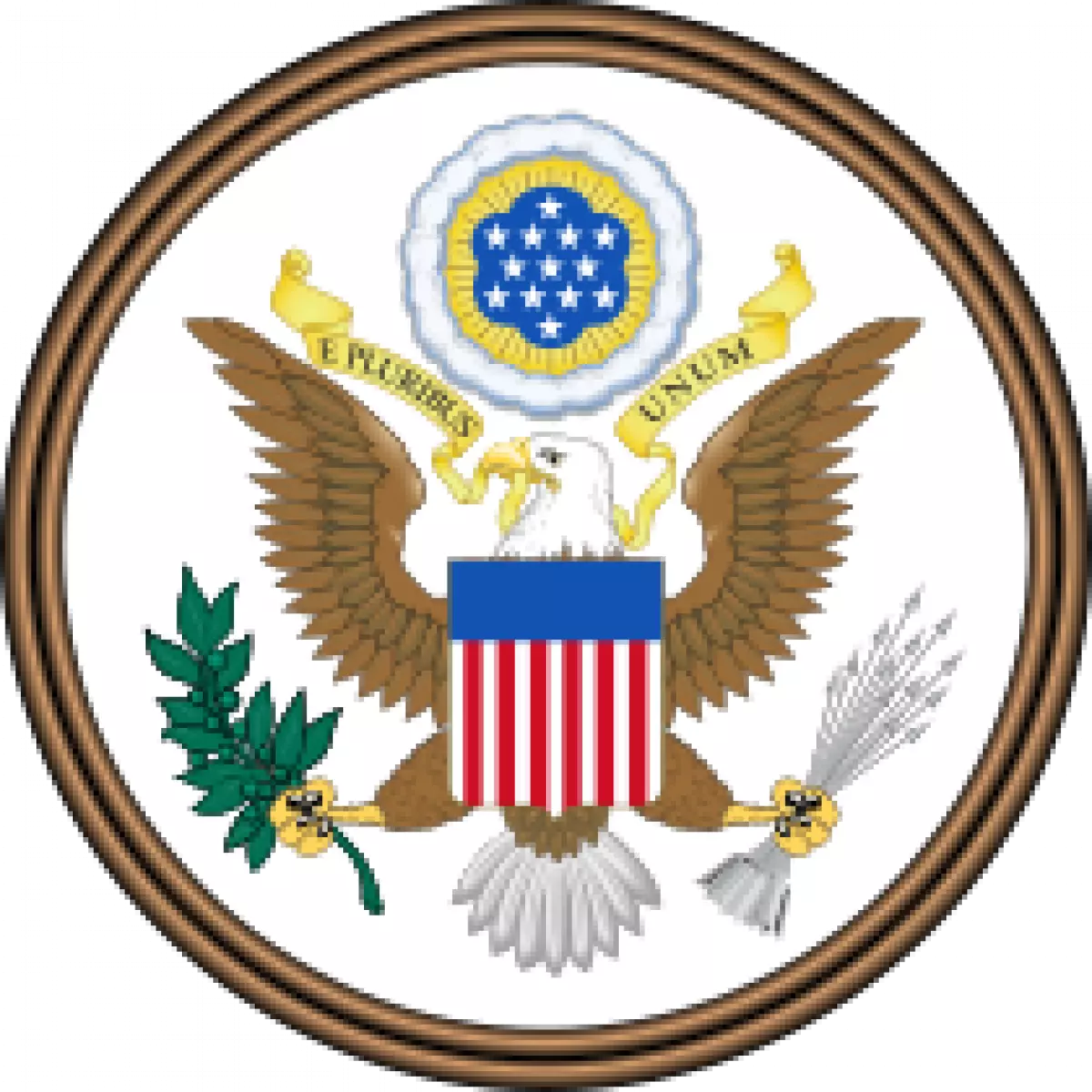Imagine a world where businesses can collaborate, monopolize markets, and manipulate prices without consequences. This scenario may have become a reality if it weren't for the Sherman Antitrust Act of 1890. In this article, we will explore the purpose, provisions, and criticisms of this crucial piece of legislation.
A Brief History of the Sherman Antitrust Act
Enacted by the 51st United States Congress, the Sherman Antitrust Act was named after Senator John Sherman, its principal author. The act was designed to promote free competition and prevent unlawful restraints and monopolies in trade and commerce.
 Image: Sen. John Sherman (R-Ohio), the principal author of the Sherman Antitrust Act
Image: Sen. John Sherman (R-Ohio), the principal author of the Sherman Antitrust Act
Understanding the Provisions
The Sherman Act consists of three sections. Section 1 of the act prohibits anticompetitive agreements, while Section 2 deals with monopolistic conduct that aims to monopolize a particular market. These sections work in tandem to ensure that businesses do not violate the spirit of the act while staying within the confines of the law.
The act empowers the Department of Justice to file lawsuits against entities that violate the Sherman Act. Private parties that have been harmed by antitrust violations can also bring suits seeking treble damages.
Over time, the federal courts have further developed the Sherman Act, making certain types of anticompetitive conduct per se illegal. Other types of conduct are subject to a case-by-case analysis to determine if they unreasonably restrain trade.
The Sherman Act aims to prevent businesses from artificially raising prices and engaging in unfair competition. It does not seek to protect competitors from successful businesses or hinder businesses from earning honest profits. Its primary goal is to maintain a competitive marketplace that protects consumers from abuse.
Background and Constitutional Basis
The Sherman Act was not intended to regulate existing state statutes governing commerce within state borders. It was crafted to ensure fair competition in interstate and international commerce. Congress believed that existing state laws were insufficient in preventing restraints on trade and protecting consumers.
The act's constitutional authority stems from Congress's power to regulate interstate commerce. This means that federal courts have jurisdiction over conduct that occurs during the flow of interstate commerce or significantly affects such commerce.
Criticisms and Controversies
The Sherman Act has not been without controversy and criticism. Some argue that it stifles innovation and restricts economic growth. Critics claim that the act prevents the birth of new products, processes, and cost-saving mergers. They argue that the act imposes an irrational and ignorant economic framework.
On the other hand, supporters of the act argue that it protects consumers from monopolistic practices and ensures fair competition. They believe that monopolies and coercive cartels would not self-correct without the threat of antitrust enforcement.
Conclusion
The Sherman Antitrust Act of 1890 is a cornerstone of United States antitrust law. It aims to preserve fair competition, prevent monopolies, and protect consumers from price manipulation and abuse.
While the act has faced criticism and controversies, its importance cannot be undermined. It continues to shape and regulate commerce, ensuring that businesses play by the rules and consumers are not left vulnerable to unfair practices.











